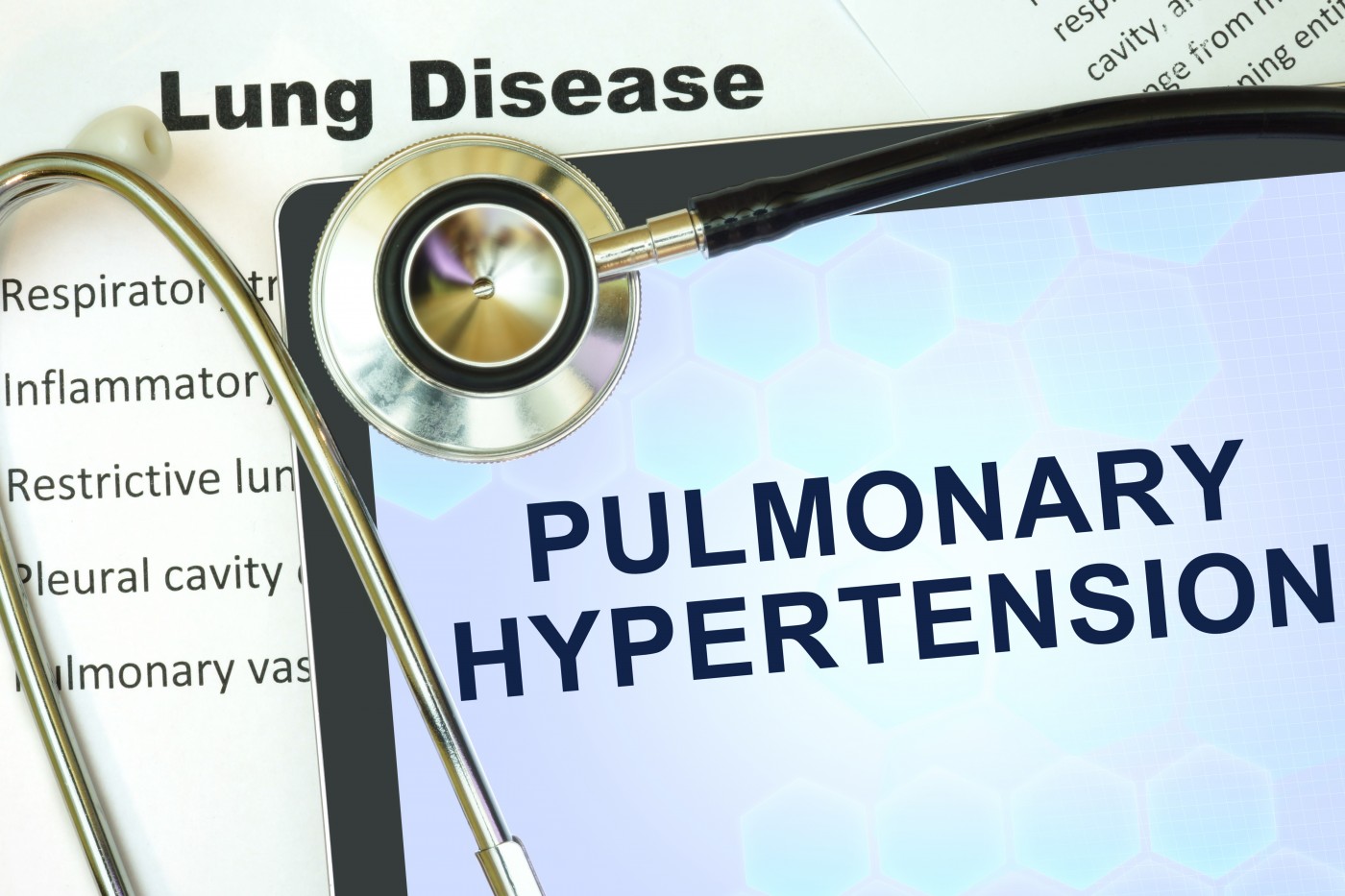PAH Detected in Patients Through 3-D Imaging Technique

In a new study, researchers investigated if 3-D phase-contrast observations of wall shear stress (WSS) and oscillatory shear index (OSI) could effectively diagnose and evaluate pulmonary arterial hypertension (PAH) in patients, potentially leading to a markedly less invasive but accurate way of early disease diagnosis and management. The research paper, entitled “Low WSS and High OSI Measured by 3D Cine PC MRI Reflect High Pulmonary Artery Pressures in Suspected Secondary Pulmonary Arterial Hypertension,” was published in Magnetic Resonance in Medical Sciences.
Pulmonary arterial hypertension (PAH), a pulmonary vascular disease characterized by abnormal vascular constriction, is a growing concern among physicians, due to its role of worsening the health status of patients who have other pulmonary diseases, such as chronic obstructive pulmonary disease (COPD) and interstitial pneumonia (IP). Importance is placed on early disease diagnosis and management to improve patients’ quality of life and, potentially, their lifespan.
PAH is currently diagnosed through right heart catheterization (RHC), a procedure that is fairly invasive. So alternative non-invasive methods have been sought out, such as the analysis of quantitative hemodynamic disease markers — like wall shear stress (WSS) and oscillatory shear index (OSI) — measured using an imaging technique called two-dimensional (2-D) phase-contrast (PC) magnetic resonance (MR). However, this method sometimes provides inconsistent data, and the three-dimensional (3-D) PC approach is thought more robust.
In this study, researchers aimed to investigate if the 3-D MR technique applied to WSS and OSI could reflect PAH. Seventeen patients suspected of secondary PAH were examined both by RHC and the 3-D cine PC MR method. Based on the known reliability of the RHC data, patients were divided in non-PAH (12 patients) and PAH (5 patients) groups. Then, using the 3-D cine PC MR, hemodynamic parameters such as averaged systolic WSS (sWSS), diastolic WSS (dWSS), mean WSS (mWSS), OSI and blood vessel section area (BVSA) were calculated. Results show that sWSS and mWSS of PAH group was lower than that of non-PAH group, and the OSI of PAH group was higher than that of the non-PAH group. sWSS, mWSS, and dWSS were inversely correlated to mean PAP (pulmonary arterial pressure, obtained through RHC) or systolic PAP, while OSI was positively correlated.
The researchers theorize, based on these results, that the hemodynamic parameters sWSS, mWSS, and OSI — as measured using 3-D cine PC MR — are potential hemodynamic markers for increased PAP in suspected secondary PAH patients, and may constitute a valuable diagnostic tool. The small number of patients in the study, however, is a limitation.







